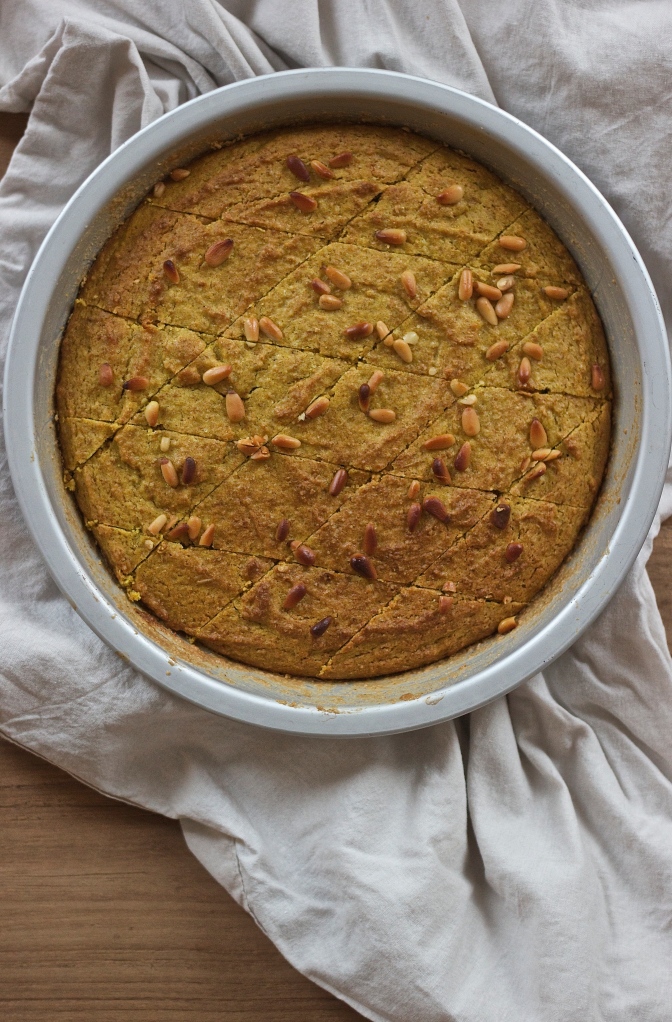We have been back from Malaysia for just over a week. Despite the occasional afternoon of heavy rain (early signs of Monsoon perhaps?), we had an amazing time and probably saw more wildlife than ever before in our lives. But my favourite part was actually our short trip to the Cameron Highlands, an area North East of Kuala Lumpur which is famous for its mild climate, numerous tea plantations and streets lined with mock tudor mansions. While I had seen pictures of tea plantations before, I was completely taken aback by the smell surrounding the tea plantations, where the air is thick and heavy with the smell of the young tea leaves, not unlike freshly brewed Mate tea, although fresher and grassier.
Alas, two weeks of tropical temperatures with frequent frigid interludes thanks to the rather overzealous use of air-conditioning on buses, trains and planes had me return to Brussels with an eye-wateringly painful sore throat. So I have been spending the last week dutifully downing mug after mug of turmeric tea, hoping that turmeric’s anti-inflammatory properties will kick my sore throat in the butt. In an attempt to make turmeric tea a little bit more palatable, I turned to google (it turns out the trick is to use fresh turmeric root!). And in doing so I came across a Lebanese cake called Sfouf.

While I had never heard of this cake before, it turns out it is a classic Lebanese cake typically served with tea. It is a simple cake that contains no eggs and that can be prepared in a single bowl in less than 5 minutes. What is unusual about this cake is that the recipe includes a healthy amount of turmeric – enough to turn the batter bright yellow!
I am forever trying to make the most of my spice drawer and trying to incorporate unusual (to-me) spices in my baking, so I was intrigued to try this recipe. And I am glad I did. The beautiful bright colour of the batter comes through in the finished cake and there is none of that bitter or acrid flavour turmeric can have if used too heavy-handedly. Instead the cake is only delicately sweet and tastes a little bit earthy (but in a nice way). While Sfouf will keep for about a week (if it even lasts that long) what I like even more about it is how easily it can be whipped up with ingredients you likely already have to hand.
Wonderful on its own alongside a cup of tea or coffee, one day I ate a couple of pieces for breakfast alongside some thick yoghurt and greengages poached in an anise-scented sugar syrup – an easy way to turn this plain cake into a simple and seasonal dessert while greengages are perfectly ripe and delicious.
Lebanese Sfouf Cake
Adapted from Marie Claire
Serves 8-12
Note: I have seen recipes for Sfouf made with and without ground anise. I am rather partial to anise’s flavour so have included it here – the combination of the turmeric and the anise gives this cake a beautifully earthy yet delicately sweet flavour. As the cake contains no eggs and is made with vegetable oil instead of butter it can easily be made vegan – simply substitute a plant or nut milk for the milk.
Ingredients
125g wholemeal spelt flour
125g wholemeal semolina
1/2 tbsp ground turmeric
1/2 tsp ground anise
2 tsp baking powder
125g caster sugar
100ml vegetable oil
175ml milk
25g pine nuts
Tahini, for greasing the pan
Directions
Pre-heat the oven to 200 degrees Celsius and grease a pie tin or a springform with tahini.
In a large bowl whisk together the flour, semolina, turmeric, anise, baking powder and caster sugar. Form a well in the middle and pour in the oil and milk. Whisk to combine.
Pour the batter into the prepared tin and scatter the pine nuts all over the batter.
Bake for 20-25 minutes until the cake is risen, springy and lightly golden and a tester inserted into the middle of the cake comes out clean.
Set aside to cool to room temperature before cutting into diamond-shaped wedges.



Intriguing. Other than giving colour, can you taste the tumeric, or does the star anise dominate?
LikeLike
You can definitely taste the turmeric – there is only a small quantity of aniseed so it’s not over powering. In the end you get this sweet earthy and slightly herbaceous flavour. Not sure that helps clarify it? It’s really a wonderful cake – so easy to make and perfectly spongey in texture. In fact, I cannot wait to try this with other types of flour and flavour combinations (rye and cardamom, maybe with some pear halves baked into the cake, comes to mind, or buckwheat, fennel and fresh figs while they are still so cheap at the market).
LikeLike
Sounds good. A branch just broke on our pear tree, so I’ve got lots of small, slightly underripe pears that need using. This might be the solution.
LikeLike